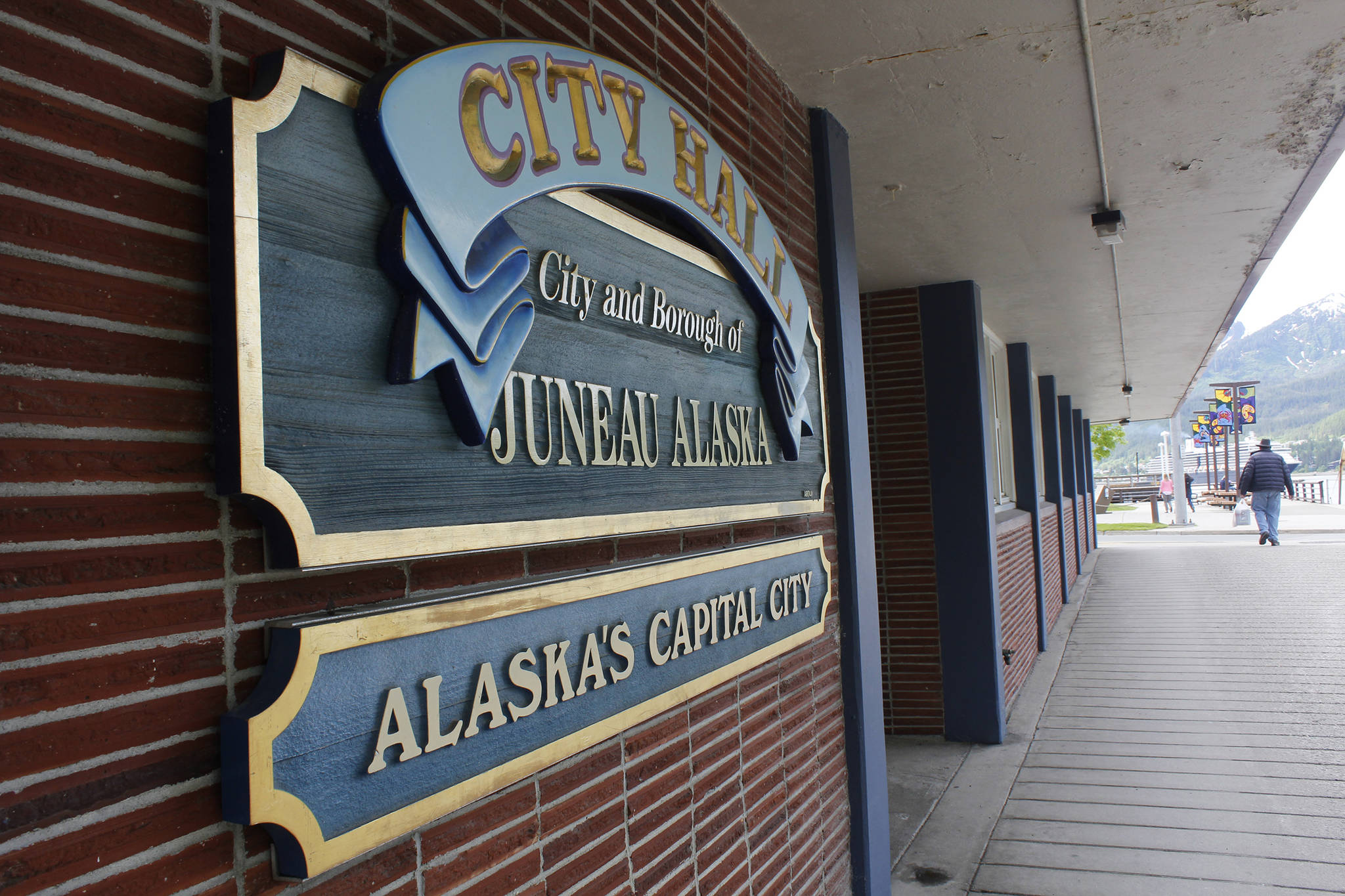A previous version of this article incorrectly reported that there is also a price increase in the flat rate water. It should have said an increase in flat rate wasterwater (sewer). This article has been updated to reflect the change.
Sewage rates in Juneau will be rising starting in July. The question is: How many more increases will be happening thereafter?
The City and Borough of Juneau Committee of the Whole heard from the City’s Utility Advisory Board during its regular meeting at Assembly Chambers Monday, where a yearly increase of 2.5 percent increase in residential wastewater rate through Fiscal Year 2024 was proposed.
“We expect there will be needed increases in the future,” UAB Chair Leon Vance said. “The goal was to minimize the increases over the next five years.”
The current monthly rates for the city’s wastewater (sewer) flat residential stands at $87.25 and the increase of 8 percent in July will bump it to $94.23. The increase will secure financial health to cover operating costs during this time period, according to the UAB report. No increase in water is being asked. However, after this time period it is unclear if there will be enough in the fund balance to support the utilities.
While the UAB approved making these changes, it did not come with a unanimous vote. Board members Kevin Buckland and Grant Ritter voted against the report. Buckland spoke about the minority report and is asking the Assembly to refrain from accepting the proposed increases of 2.5 percent for wastewater every year starting in Fiscal Year 2019 and going through FY 2024.
The minority report explains waiting for a year before going forward with the yearly increase will allow UAB and CBJ Public Works to time to properly evaluate the city’s existing rate structure.
The increases in wastewater are fairly typical since 2003, when the Assembly approved increases of 19 percent for water and 39 percent for wastewater. Yearly increases have been approved every year since. The large initial increase in 2003 came after 12 years of no increases. Buckland believes if the increases continue, it will not only hurt residential customers, but harm the chances of business growth.
“Rates could be a deterrent to business investment,” Buckland said.
Buckland also suggested a tier system, which Assembly member Beth Weldon questioned. Weldon asked whether or not it would eventually cost business owners more than the projected increases submitted. Buckland said he was unsure exactly how it would play out.
“What I would like to see is a tier system where (customers) pay their fair share relative to the burden on the system,” Buckland said.
Assembly member Rob Edwardson then asked who Buckland thought was paying the correct amount.
“I guess what I am trying to figure out in my head is am I paying too little? Are you paying too little?” Edwardson asked.
Buckland said he would like a rate study to help figure out exactly how to set up a fair system.
“Ultimately people should not complain if they are paying their fair share,” Buckland said.
No action was taken during the meeting. The Committee agreed to discuss the issue at a later date.
Juneau homelessness continues to rise
Juneau is seeing an increase in homelessness.
That was part of a report given by CBJ Chief Housing Officer Scott Ciambor during the COW meeting Monday. In his report, Ciambor showed various numbers from Jan. 24, 2018 to display this increase. A total of 235 people were accounted for in unshelter, emergency shelter or transitional housing. This number is an increase from 2016 (211) and 2017 (215). Assembly member Norton Gregory asked if this increase was reflective of the city better tracking homelessness or if other factors played a role.
“My sense it is a multitude of factors,” Ciambor said. “I kind of think the impact of the lack of affordable housing, cost of living and the opioid epidemic.”
With the addition of an emergency cold weather sheltered added this past winter, Weldon wanted to know if the addition actually led to the intended result.
“Looking at these numbers, it looks like we did a lot of stuff and made no difference or we did a lot of stuff and people just used it,” Weldon said.
Ciambor agreed that the numbers, especially the number of unsheltered homelessness (44) in the study was still too high although it was a decrease from 2017 (59).
In discussing the cold weather shelter, Ciambor shared numbers of people who used the shelter. Ciambor said the average number of people using the facility was between 20-25 and that maximum capacity was 30. Ciambor did not have numbers available for how many nights the shelter reached maximum capacity. Ciambor added that the shelter was successful due to its narrowed usage. The facility opened for 70 nights between Dec. 1 through April 15 when temperatures dropped 32 degrees Fahrenheit or lower.
“It was very focused,” Ciambor said. “It did what it was supposed to do and did not try to do too much more.”
Irene Gallion, CBJ Housing and Homeless Services Coordinator, presented a way to help manage the homelessness issue by using a coordinated entry referral system. The system, Gallion said, would prioritize individuals for housing based on their needs. When clients enter the homelessness services system in Juneau, staff will collect data that is used to develop a vulnerability index. Those who are more vulnerable may use shelters more often than most and could have more police interaction.
“Our most vulnerable population is also our most expensive,” Gallion said. “So if we help stabilize their lives, we help reduce costs and we have a humanitarian accomplishment.”
• Contact reporter Gregory Philson at gphilson@juneauempire.com or call at 523-2265. Follow him on Twitter at @GTPhilson.

